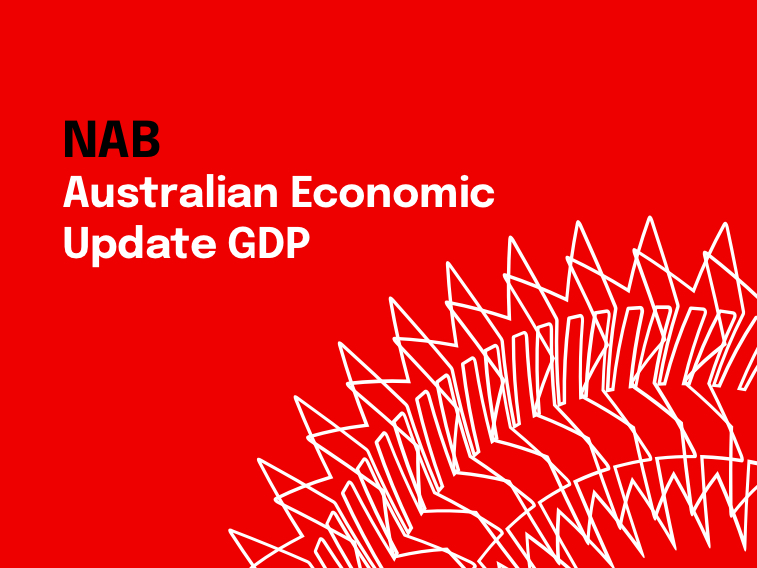Consumers lead the way


Insight
The business conditions index decreased 2pts to +13 in 2018 Q3, but remains well above its long-run average. Business confidence also fell, declining 4pts to +3 index points, a little below its historical average.

The business conditions index decreased 2pts to +13 in 2018 Q3, but remains well above its long-run average. Business confidence also fell, declining 4pts to +3 index points, a little below its historical average.
According to Alan Oster, NAB Group Chief Economist “Business conditions have pulled back through the middle of 2018 after reaching very high levels earlier in the year. However, the latest monthly survey suggests that conditions have stabilised at a still high level. This suggests that momentum in the business sector has not weakened further. Overall, trading conditions, profitability and employment conditions remain quite favourable.”
“Conditions have eased across most industries, though generally most industries continue to report above average conditions. Retail however, remains weak, as it has been for some time” said Mr Oster.
This quarter we asked a follow up question about firms’ expected wage pressures over the next 6 months as well as the factors influencing these pressures.
“Similar to last quarter, more firms report increasing wage pressures over the next 6 months – albeit with expectations of only modest increases. Very few report easing wage pressures. At present the important factors behind increasing wage pressures appear to be related to the supply/demand balance for labour. The most important factors include things such as the difficulty in finding suitable labour or the search for more skilled labour. Increasing output also appears to be an important factor with a significant proportion of firms reporting organisational growth as a factor driving wage pressures” Mr Oster said.
Mr Oster indicated that “Of some concern is the weakness in business confidence which has fallen to below average, and forward orders which have declined – though volatile of late – are a little below average. Expectations for other components also generally declined in the quarter – but remain high. The latest monthly survey suggests some improvement in confidence to around average late in the quarter”.
“The 2018 Q3 Survey results do not change our outlook for the Australian economy, with business conditions still looking favourable. That said, there remains some risk around the forward looking indicators which have been a little mixed recently. Retail remains weak, which is also in line more generally with our views around the consumer, where households face a number of headwinds” said Mr Oster.
“A key issue for monetary policy over the next year will be what happens to wage growth and inflation. The survey results suggests that wage and inflation pressure generally remains weak at present but there are some signs of a tightening labour market and gradual increase in wage pressures. We think that continued growth in the economy will see ongoing employment growth pushing down the unemployment rate over time, which would see wage growth begin to lift. As domestic wage growth rises this will flow through to inflation making the next move in the cash rate more likely up than down. We expect enough of this to have played out by around mid-to-late next year, but any move from the RBA on rates will remain highly data dependent”. Said Mr Oster.
For more information, please see the NAB Quarterly Business Survey report.
© National Australia Bank Limited. ABN 12 004 044 937 AFSL and Australian Credit Licence 230686.